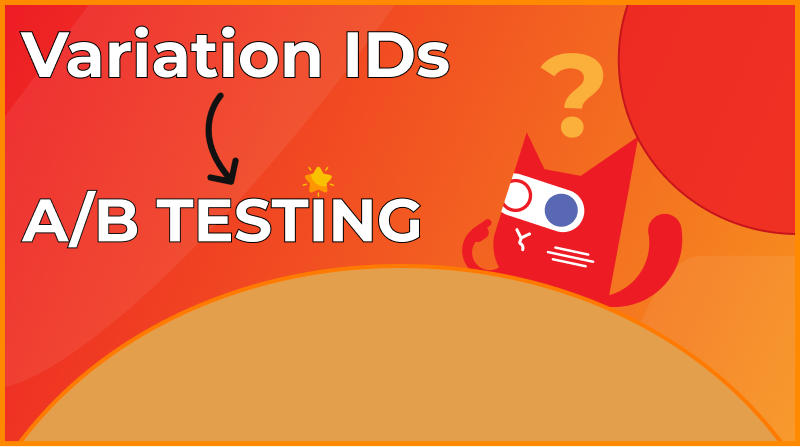A/B Testing an Angular App with ConfigCat
Knowing up front whether a new feature will improve or worsen user experience can be a challenging decision. If we don't adopt the proper mechanisms and processes to test new features we stand a high risk of introducing new bugs. By incorporating A/B testing into our feature release workflow, we can minimize these situations by testing the new feature with a small sample of users before deploying it.












